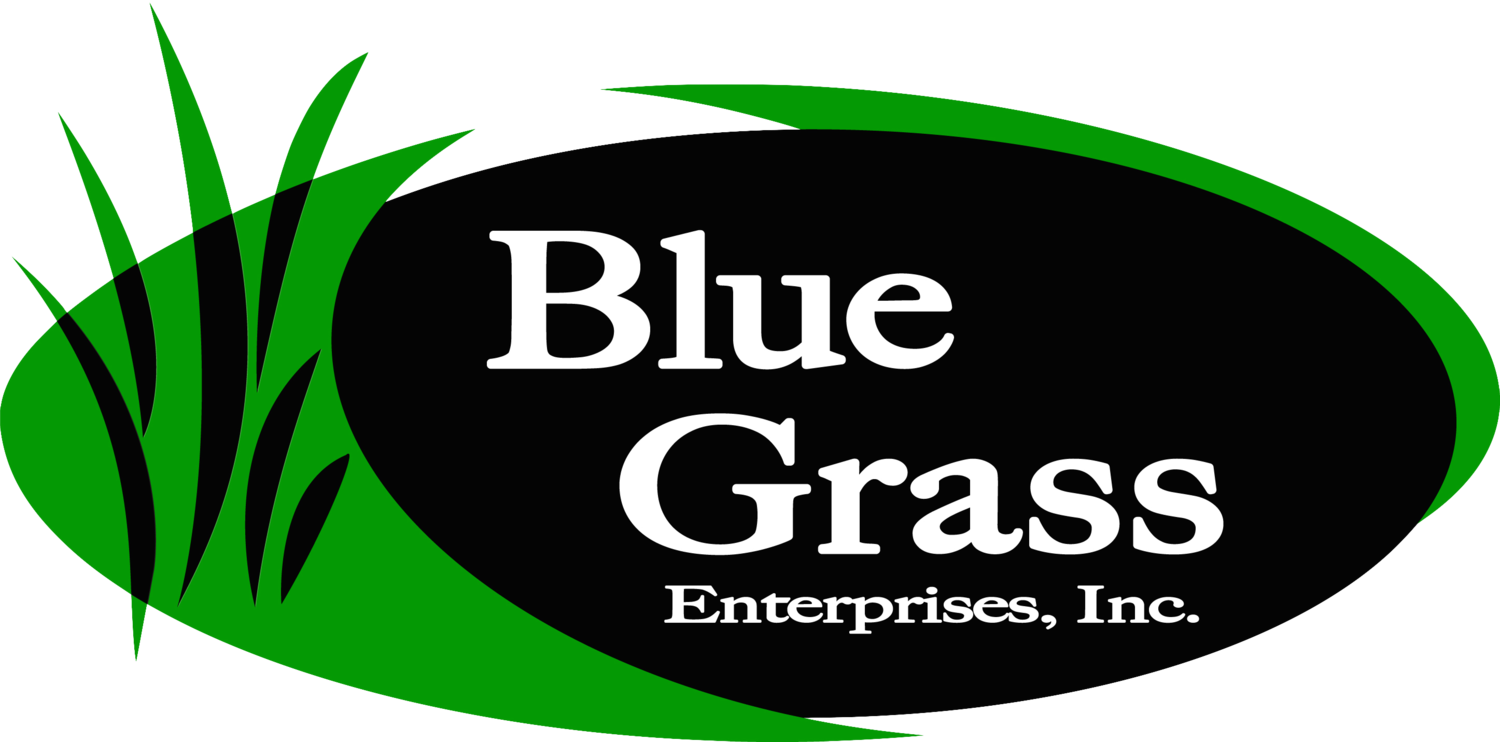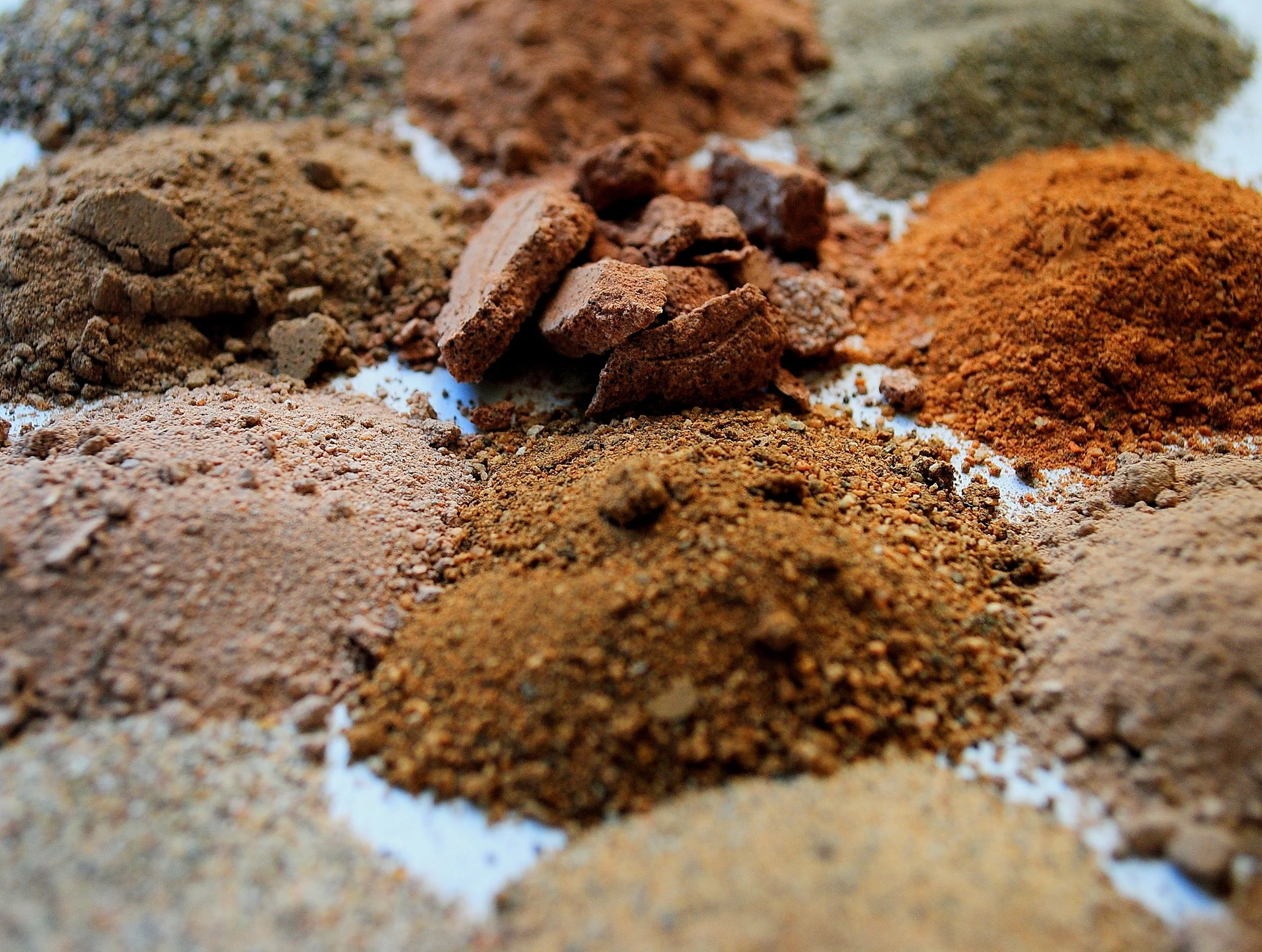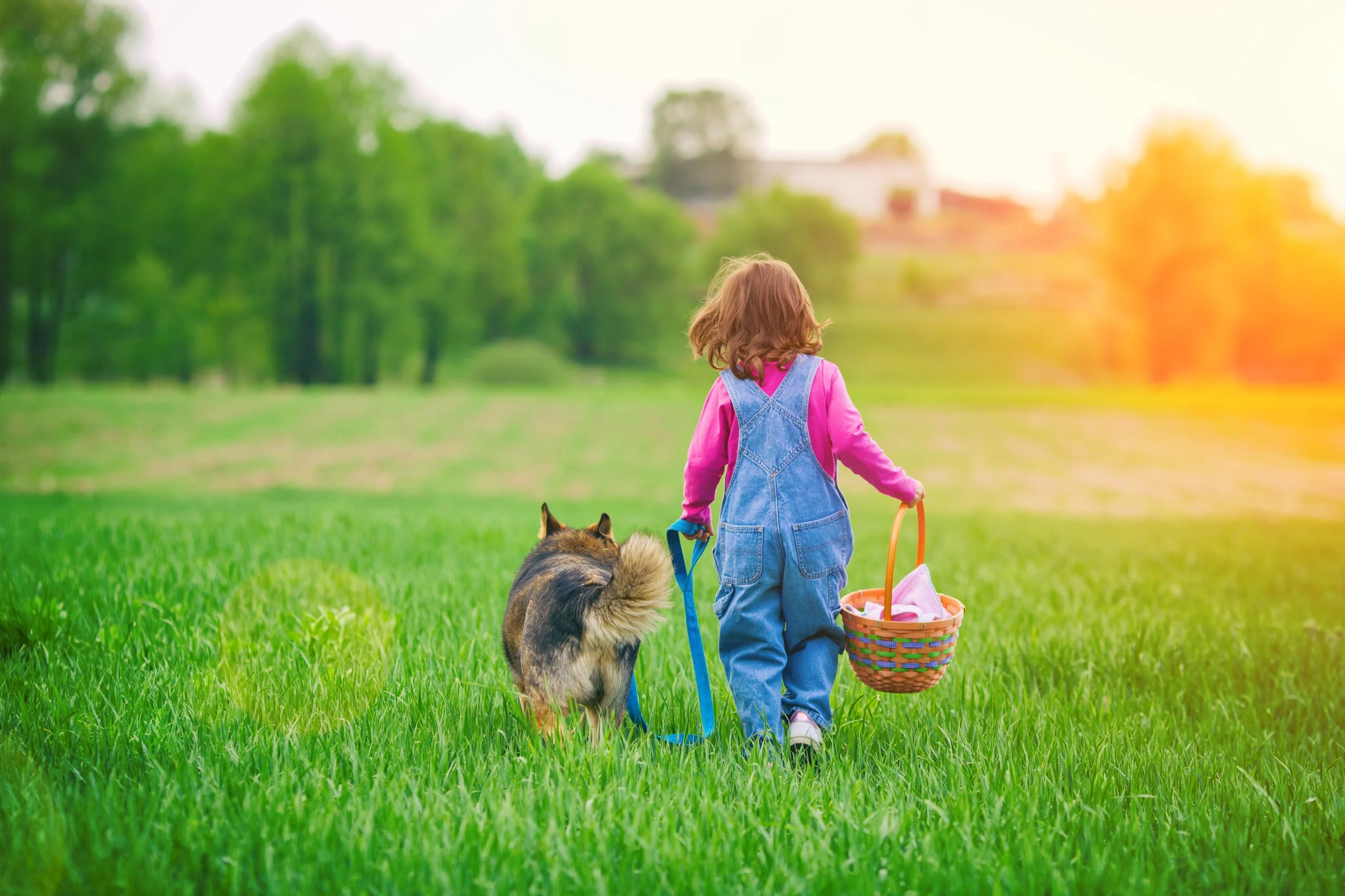Precision Farming and the Environment
At Blue Grass Enterprises, we believe it is our responsibility to mindfully care for our soils, our water, and our air. For us, the integration of environmental stewardship, social responsibility, and economic viability, is a critical and never-ending goal. We embrace sustainability as, “meeting the needs of the present without compromising the ability of future generations to meet their own needs.” It is also a focus on the “triple bottom line”- people, planet, and profit (a practice recognized and endorsed by the EPA).
The idea of a sustainable turf farm is a viable one. In fact, we are already putting sustainable practices in place today.
Here are just some of the practices we’ve developed:
Field Management - At any one time, we have at least 80% of our ground in either oxygen-producing natural grass or a cover crop (where we have recently removed sod) - all year long. This practice prevents soil erosion while naturally replenishing the soil with beneficial nutrients.
We have hundreds of soil types on our farm, each of which require unique management nutritionally and physically to thrive
Soil Testing and Nutrient Applications - Any nutrient applications are done only after careful soil testing is completed, alerting us of any natural nutrient deficiencies or imbalances that may exist in the soil. State-of-the-art soil analysis, software, and machinery are used to accurately administer applications with rates based on where the nutrients are actually needed. We also offer this service to homeowners so that we can help you build a custom feeding program for your lawn, based on the needs of your soils. We believe educating our increasingly urban population on how to responsibly promote healthy plants and soil ecology in their lawn is another way we can work together to care for the environment.
Chemical Applications - Chemical applications are applied sparingly with a long-term approach in mind. A great example of this philosophy is our grub control procedure: Finding a grub in our sod field does not automatically trigger an application of insecticide to the whole field. We inspect the whole field, determining trouble spots and how many grubs exist within a square foot. If the count is within sustainable limits (fewer than 10 larvae per square foot) we will not treat. Grubs are natural and research has found that a few grubs in the turfgrass does not harm the sod.
Water Conservation - Our soil seed bed is prepared with maximum rain absorption in mind. We aerate regularly to minimize run-off once a crop is mature. Our fields are not on regular watering schedules. We irrigate only based on need and plan to move to prescription-based water applications based on soil type within the next five years. Our watering strategy produces three tangible outcomes: the plants become heartier (able to withstand drought better); we conserve a natural resource; and it helps us keep our prices low.
Like so many family farms, we farm with the goal of conserving the environment for generations to come. We were not the first ones here, nor will we be the last. It’s our job to leave things in better condition than how we found it.
Energy & Fuel Conservation - We upgrade equipment and facilities regularly in order to conserve electricity, water, and fuel. This is a win-win scenario as these are environmentally sound principles and conservation allows us to keep our prices low. For example, by using new technologies, such as GPS steering guidance in our tractors, we are more efficient as we move across fields, which conserves fuel and minimizes soil compaction on our ground.
Soil Conservation - One question we repeatedly hear is, “Do you need to haul in more topsoil after each harvest?” The answer is no. Most people think that the black/brown bottom layer of the sod is all soil. In reality, most of what you see there are the sod roots clinging to organic matter. On average, less than 1/4” of topsoil is harvested with each cutting. We harvest a field every two years and the organic material (grass clippings) we put back into the soil increases our topsoil layer by at least a 1/8” each year, we’ve never had to have topsoil hauled in. In fact, research has shown that turfgrass is actually one of the best soil-producing crops one can grow.
Biodegradable Netting - No one wants plastic in their lawn. We use Conwed’s Ecocycle Netting on our big rolls. Click here for more information - Ecocycle Turf Netting.pdf



